Rats

Rats - Rattus norvegicus
One of the 2 most common pests we deal with. Rats are attracted inside premises due to 3 main factors: food, water, harbourage. Though they are bigger than mice they still can fit through gaps far smaller than their size.
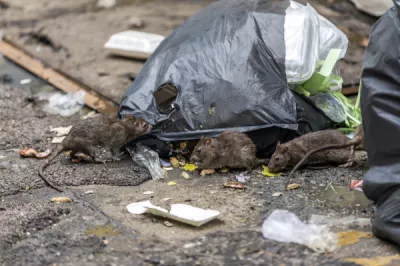
Signs of a rat problem
What to look for... outside
- This is a burrowing pest - look for holes in the ground around the circumference of a rolling pin.
- Found close to water: ponds, pots, watering cans.
- Associated with sewer systems - also known as a sewer rat, look for burrows near drainage systems.
- Small ear, heavy body, tail shorter than head and body.
What to look for... inside
- Droppings raisin size, dark black often grouped together.
- Found behind kitchen kickboard, utility cupboards: ponds, pots, watering cans.
- Noises - they often nest within cavity walls making shuffling sounds, most likely at night.
- They chew on things a lot - and build nests out of rubbish, look for gnaw marks on objects.
- In dusty areas - you can see foot prints.
Where to look...
- Dark, warm places.
- They have a predatory instinct so will often settle away from noises such as in a loft.
- They are good climbers and can ascend a vertical shaft of <10cm diameter.
- Often found where workmanship is not complete - around pipes, behind a bath etc.
- Decking is attractive for them.
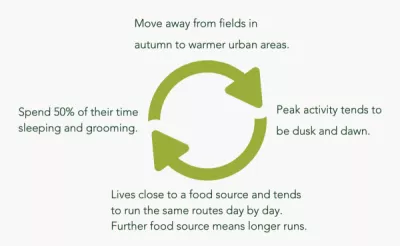
How to get rid of rats at home
1. Housekeeping - rats gnaw all the time. Their teeth grow so fast that failure to gnaw puts their survival at risk. Keep any objects that are 'gnawable' in locked containers.
2. Outside - all food sources such as bird feeders should be removed temporarily. Harbourages such as decking and overgrown foliage are popular nesting environments.
3. Look for gaps in the house 5-10cm wide and proof using suitable rodent proof material.
4. Keep an eye on activity levels. Sometimes you need to engage a professional company, especially when rats are in the cavity walls. That's where we come in!
The greenpest method for controlling rats always start with proofing. Instead of just temporarily containing a problem - we look to prevent it happening in the future. With rats this search can take us to the loft area of a building, where rats fear of predators is controlled through the quiet and safety, right down to the drains where a large number of rats will originate.
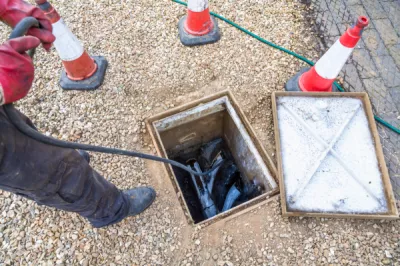
The most common treatment for rats uses rodenticide to disrupt life cycle.
The social structure of rats means only certain rats approach new objects. So it's important to use a rodenticide with delayed onset.
For more info on how we use rodenticide responsibly - scroll down.
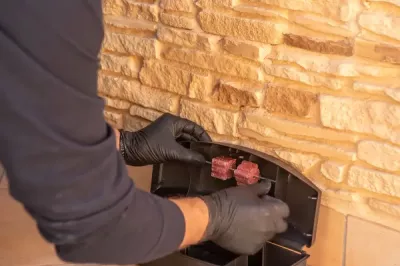
We always offer a treatment which doesn't use toxic poison. We use traps, tracking dust, proofing and electronic control stations instead which helpfully prevent bad smells from the actions of rodenticide.
We also offer entirely humane methods of rat control and can explain the pros and cons of these to you.
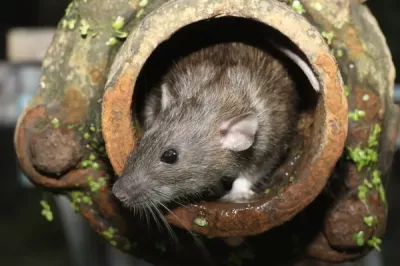
Responsible Pest Control: Sustainability and Efficiency
Here's the situation - you've seen a rat in your house. Most of our customers just want the problem gone. Ethics and sustainability aren't necessarily at the front of their minds.
Here's why we think it should be...
Multipest are part of the Campaign for Responsible Rodenticide Use (CRRU). This campaign legislates for stewardship over using rodenticide.
- Not just 'dumping' poison in our clients premises, forgetting about it, not labelling where it is. Preventing a bad smell sometime down the line.
- 3 step solution which prioritises finding gaps and access points over temporary control. Survey -> Identify ->Solve.
- Checking on any rodenticide we have to place at a maximum frequency of 31 days.

By abiding to these controls - we reduce the likelihood of secondary poisoning. Where non-target species hunting rats and mice become intoxicated by poisons ingested by rodents. Owls and red kites are examples of this. Plus - less poison in the world is never a bad thing.
And guess what? By reducing usage - we save money on costly rodenticides and by taking time to find access points - we solve our customer issues in the long run.
In the end both these outcomes save our customers money, and you're less likely to call us again. We won't be offended!
